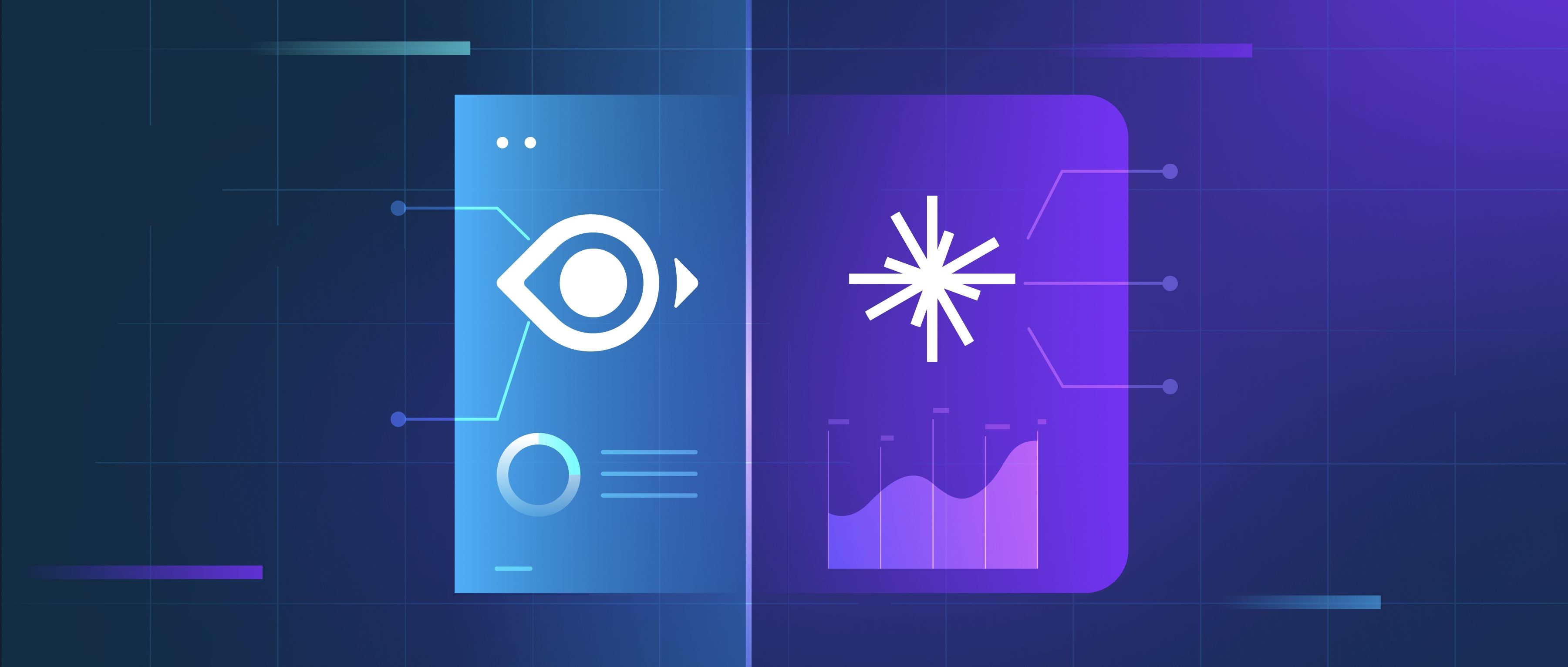A relational database is structured to store data in a way that is easy to access and manage. The key components of a relational database include tables, relationships, and the SQL language. Understanding these components is crucial for developers working with any relational database management system (RDBMS), such as MySQL, PostgreSQL, or Oracle.
Tables are the core building blocks of a relational database. Each table consists of rows and columns, where each column represents a specific attribute of the data, such as name or age, and each row corresponds to a single record or entry. For instance, in a database for a school, you might have a "Students" table with columns for "StudentID," "FirstName," "LastName," and "BirthDate." This structured format allows for easy entry, retrieval, and manipulation of data.
Relations are another fundamental aspect of relational databases. They define how tables interact with one another. For example, if you have a "Courses" table, you can create a relationship using a foreign key that connects the "StudentID" from the "Students" table to a "StudentID" in the "Courses" table. This relationship allows you to perform more complex queries, like finding out which courses a particular student is enrolled in. Lastly, Structured Query Language (SQL) is used to manage and manipulate the data stored in these tables. SQL commands like SELECT, INSERT, and JOIN facilitate efficient data management, enabling developers to retrieve and update information seamlessly.
